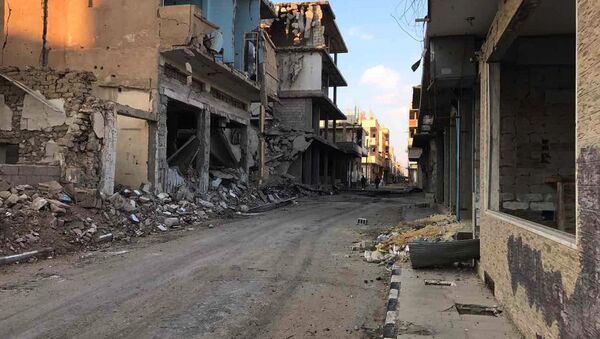"From 00.00 on May 1, the use of the aircraft of the Russian Aerospace Forces in areas corresponding to the de-escalation zones defined by the memorandum was stopped," Rudskoi said.
However, signing of memorandum on creation of de-escalation zones in Syria does not mean end of fight against Daesh and al-Nusra Front terrorist groups, Rudskoi added.
"I would like to stress that the signing of the memorandum on the establishment of de-escalation zones in the Syrian Arab Republic does not mean the cessation of the fight against the Daesh and Nusra Front terrorists," he said.
Syrian government forces with support of Russian combat aircraft will direct their main efforts at offensive near the ancient city of Palmyra and lifting of Deir ez-Zor blockade, Rudskoi told reporters.
"The main efforts will be aimed at developing an offensive east of Palmyra and the subsequent de-blocking of the city of Deir ez-Zor, which has been under siege for more than three years, as well as the liberation of the north-eastern territories in the Aleppo province along the Euphrates River," he said at a news briefing.
According to Rudskoi, the establishment of de-escalation zones will allow Damascus to free up a significant number of forces to be redeployed in the fight against the Islamic State organization (outlawed in Russia).
"The Russian Aerospace Forces will continue to support the Syrian armed forces in effort to destroy Daesh terrorists," Rudskoi added.
Syria de-escalation memorandum was coordinated with 27 field commanders of the armed groups, operating in tn four de-escalation zones. Some 42,000 militants are located in those zones for now.
Main efforts on de-escalation zones in Syria will be focused on preparation of maps with coodinates of zones, buffer strips, Rudskoi told reporters.



